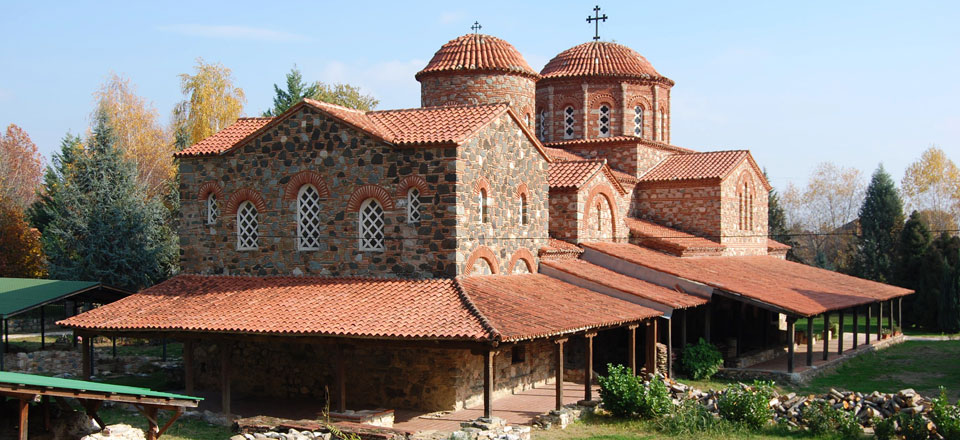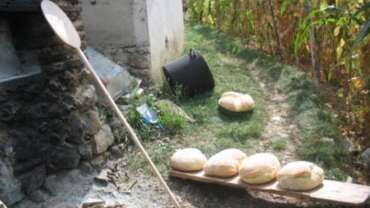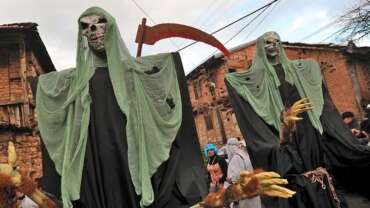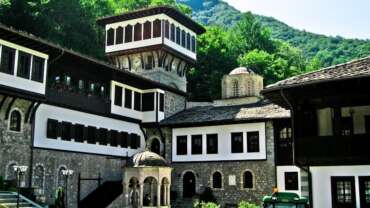Cultural Heritage in Macedonia
Archeological tourism
In the site of Vinicko Kale (near Vinica), the discovery of terracotta icons aroused great interest among historians and archaeologists. The Basilica Mosaic in Heraklea Lynkestis is one of the most famous mosaics of antiquity.
Kokino is an important megalithic observatory site. It appears fourth on the list of old observatories compiled by NASA.
Adam of Macedonia or Adam of Govrlevo, is a Neolithic sculpture found by archaeologist Milos Bilbija of the Skopje City Museum. More than 6,000 years old, it is the oldest artefact found in the Republic of Macedonia and among the oldest in the world. Archaeologists declared the sculpture one of the world’s ten most important archaeological finds. It dates from between the 4th and 3th millennia before Christ.
Religious (monastery) tourism
Macedonia is a treasury of cultural wealth. Culture flourished during the ancient period as well during the Byzantine and Slavic period (the middle ages). Ohrid was the cradle of Slavonic literacy, which the brothers Cyril and Methodius and later their students spread to other Slav peoples starting from the 9th century. The Slavonic alphabet was invented and developed in Macedonia, where the Macedonian educators Sts. Cyril & Methodius, and Clement and Naum played an important part in the spread of Christianity.
One of the best known historical monuments is the Church of St. Sophia, the former Cathedral of the Archbishopric of Ohrid. It was built in the 10th and 11th centuries. Invaluable frescoes from the 11th and 14th centuries have been uncovered.
Macedonian cities have an imposing number of churches. The famous architects and fresco-painters worked on numerous churches, and in Ohrid alone their number exceeds 30. Lake of Ohrid and the town of Ohrid are under the protection of UNESCO. Several churches, the most renowned among which is St. Pantelejmon – Plaosnik, bear witness to the times of the educator Saint Clement. The churches and other cultural monuments built between the 11th and 12th centuries are characterized by unique architecture and priceless frescoes and icons, famous throughout the world.
Macedonian builders and mosaic masters shone like a bright star in the dark period of European culture prior to the Renaissance. Prior to this is the fascinating fact, that the fresco “Lamentation over the Body of Christ” in St. Pantelejmon in the Nerezi village, was painted 140 years before Giotto’s “Pieta”.
From the Turkish period, there are monuments of Islamic culture such as mosques, bazaars and baths.
The Macedonian culture is a synthesis of the ancient, Byzantine, Slavic and Turkish civilizatons. Macedonia is today a country rich in its own national culture, open to the heritage of world civilization and at home in the endowments of the modern technological age.







